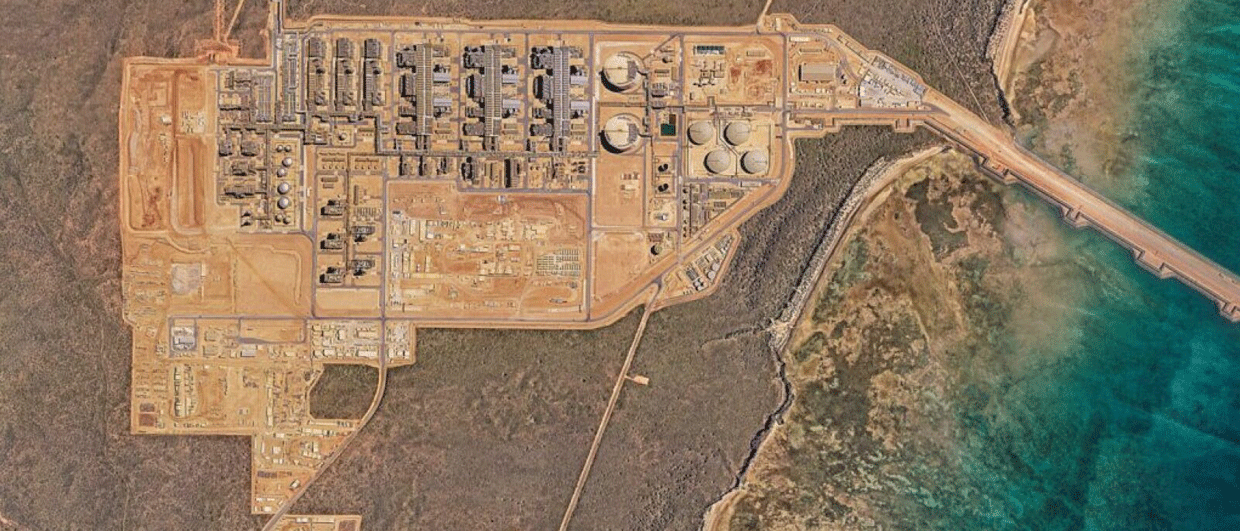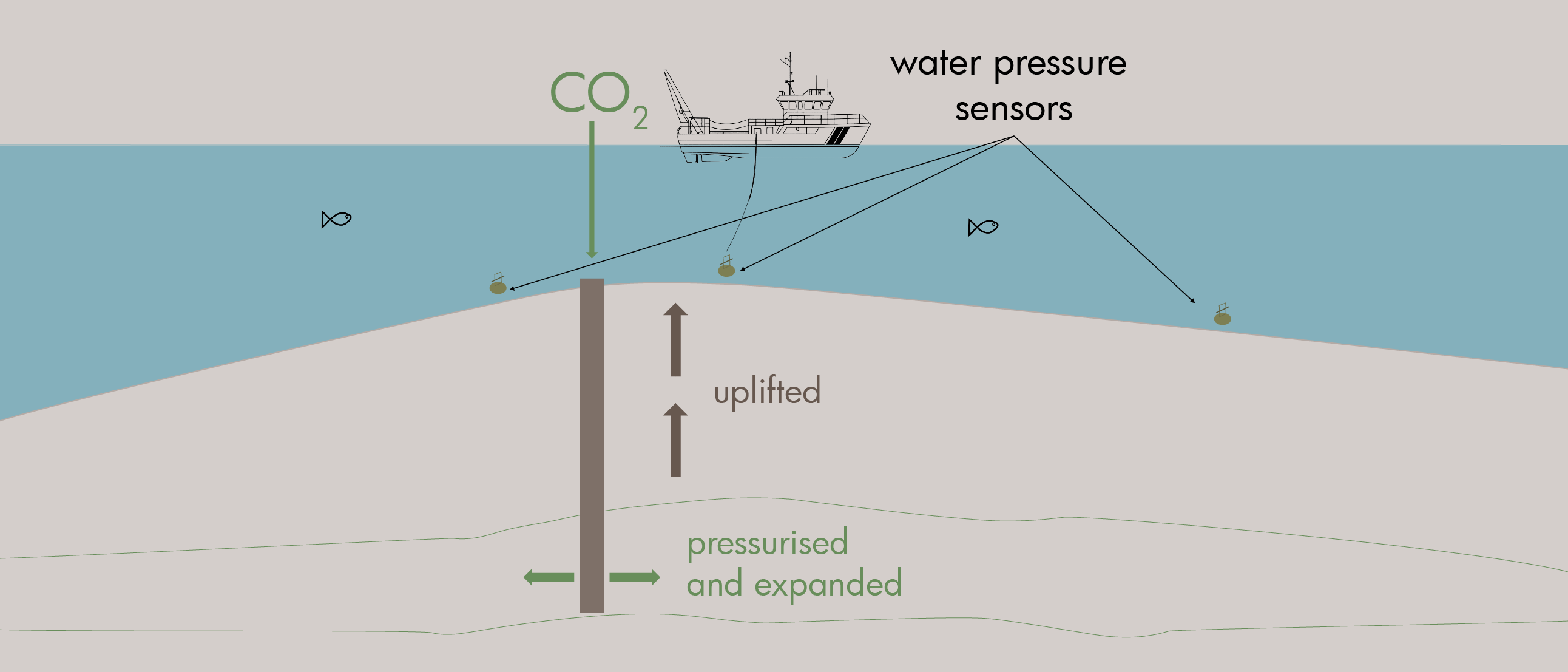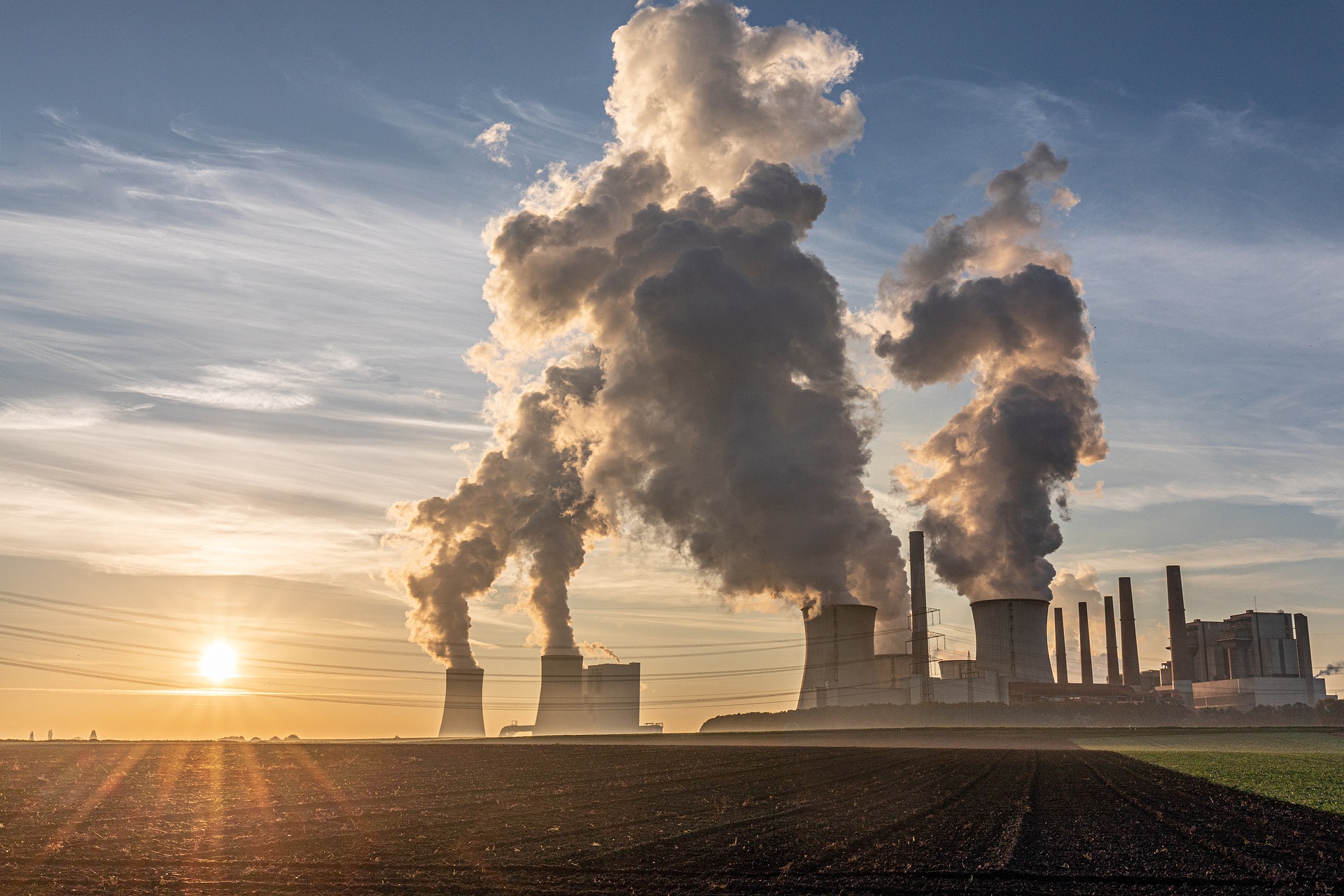Professor Jon Gluyas explains the concept and importance of carbon capture and storage.
Dr. Jon Gluyas is Professor in CCS and Geo-Energy at the University of Durham, UK. He explains the concept and importance of carbon capture and storage.
After a 28-year career in the O&G industry, encompassing 15 years at BP and presidency of the PESGB, Jon Gluyas moved into academia, where he focuses upon the more complete use of resources and their byproducts.
What is carbon capture and storage?
Carbon Capture and Storage (CCS) comprises three linked pieces of technology. The first is capturing carbon dioxide emissions from fossil fuel-fired power stations, cement production and other CO2 emitting industries. The captured CO2 is then compressed and transported to a disposal site (storage), via a dedicated pipeline or possibly by ship, injected deep into the earth and stored in underground reservoirs in much the same way that the Earth naturally stores petroleum. Storage sites are typically depleted oil and gas fields and deep saline aquifers. Disposal depth is over 1 km.
Do we really need CCS?
Yes! Emission of CO2 from use of fossil fuels is driving climate change. We must lessen our use of coal, oil and gas but at present there is little prospect of that happening. The energy density in fossil fuels is so much greater than renewable energy that it is acutely difficult to wean humankind off using them. By capturing the emissions and storing them deep underground we can lessen the impact upon the climate. Moreover, as humankind does transition to renewables, we can continue to use CCS on biofuels. In this way we can go ‘carbon negative’; something not possible with renewables alone.
What attracted you to the topic?
I spent almost 30 years searching for and developing petroleum accumulations, indeed I still work on E&P, but what has become clear to me in the 10 years since I was introduced to CCS, and the past six years I have been working on it, is the realization that we need to tidy up after ourselves. Few would question the need for refuse collection or a working sewage system. The same would be true for nuclear power. It is accepted without question that emissions must be minimized – no one would want the surface of the Earth to be contaminated. I feel strongly that the same is true for CO2 emissions. We need to reduce the impact on both the climate and the oceans.
The Sleipner field in the North Sea has a 20 year history of reinjecting CO2. (Source: Alligator film – Statoil ASA)
Does CCS feature in the world of O&G?
Hardly at all. There are a couple of projects in which off-spec gas is stripped of CO2 and this reinjected; Sleipner in the Norwegian North Sea is the best known and monitored. About 1 million tonnes has been injected at a depth of about 1 km beneath the sea bed and the process has run for almost 20 years without incident.
Can it be used for EOR?
CO2 is a fantastic solvent and a great agent for enhanced oil recovery. First tried by the Hungarians in the 1950s, CO2–EOR liberates two to five barrels of oil for each tonne of CO2 injected. Work we recently completed suggests that CO2-enhanced gas recovery looks really exciting and could dramatically improve the performance of pressure depleted gas fields. In both EOR and EGR, injection of CO2 would essentially halve emissions and development of EOR using CO2 would enable seamless transition to pure storage of CO2.
What are the risks involved?
Pretty low. CO2 is not flammable or explosive and although suffocation can occur through lack of oxygen, CO2 itself is not very poisonous – it is, of course, what we exhale when breathing. Appropriate safety measures need to be applied at the capture and transportation stages but these are already used in the food industry (CO2 is used to decaffeinate coffee) and dry cleaning where the solvent is CO2. As for the storage end of the process, sites need to be secure long term which can be achieved by monitoring, using the same technologies as used in the E&P industry.
Who should pay for CCS?
All of us, for we all benefit from consumption of fossil fuels. That said, governments need to create the framework within which CCS will become as normal as paying taxes – something we all dislike but which we recognize is required for society to function effectively. The agreements reached by heads of governments in Paris last December were a huge breakthrough in terms of beginning to combat climate change. The next steps are even harder, for governments to put into practice their pledges on emissions reductions. In order to achieve those pledges, deployment of CCS on a large scale will be an imperative.




